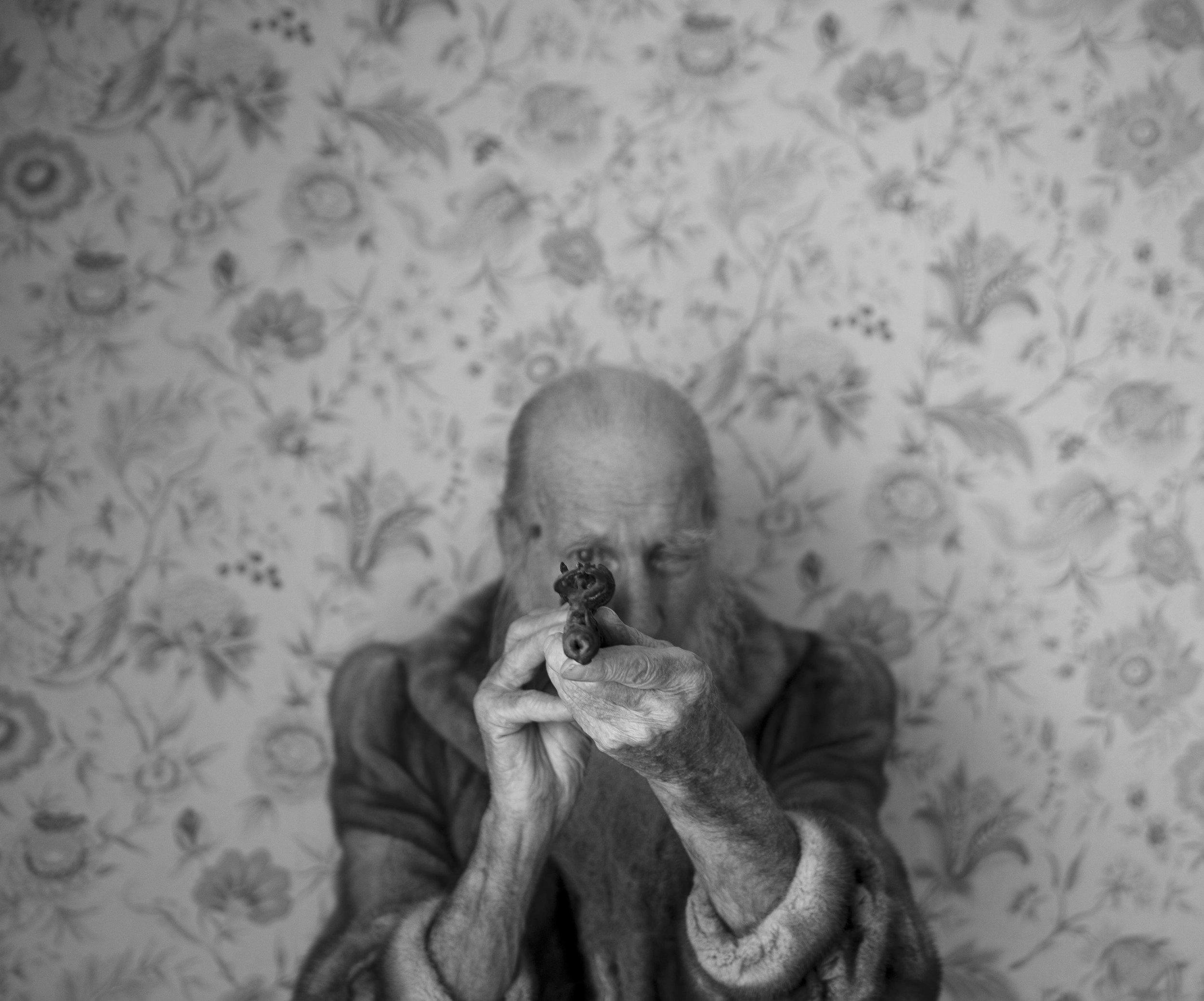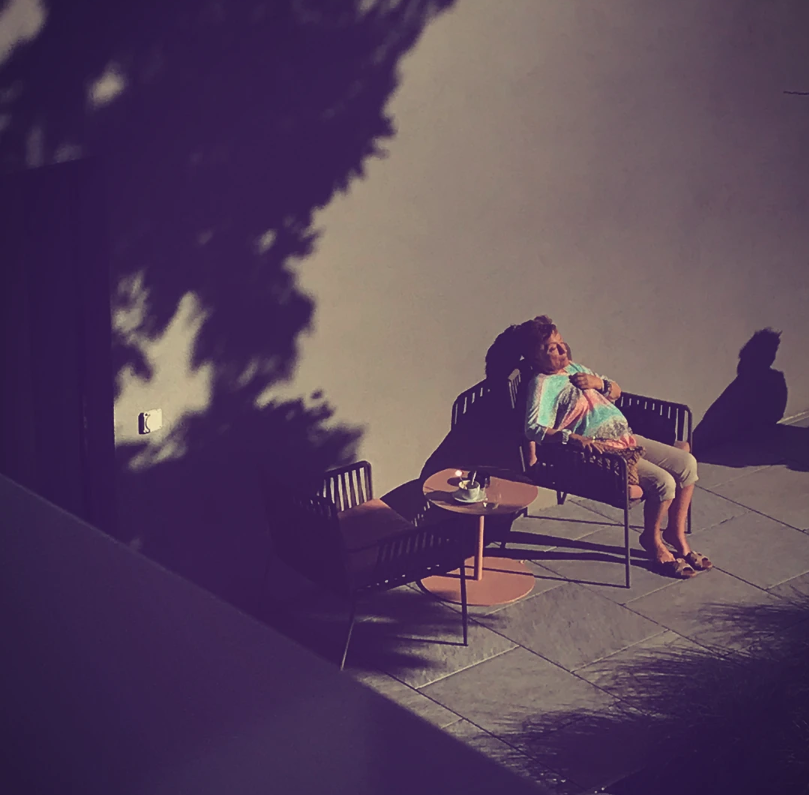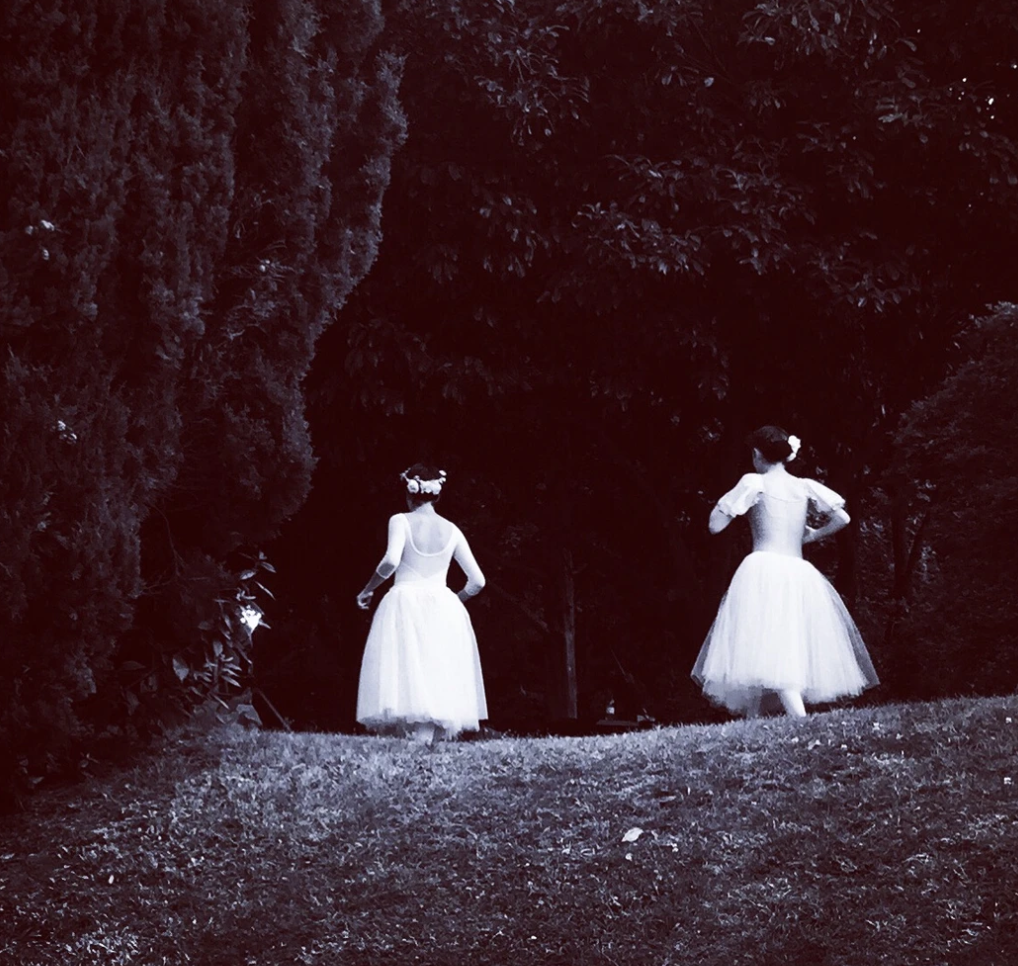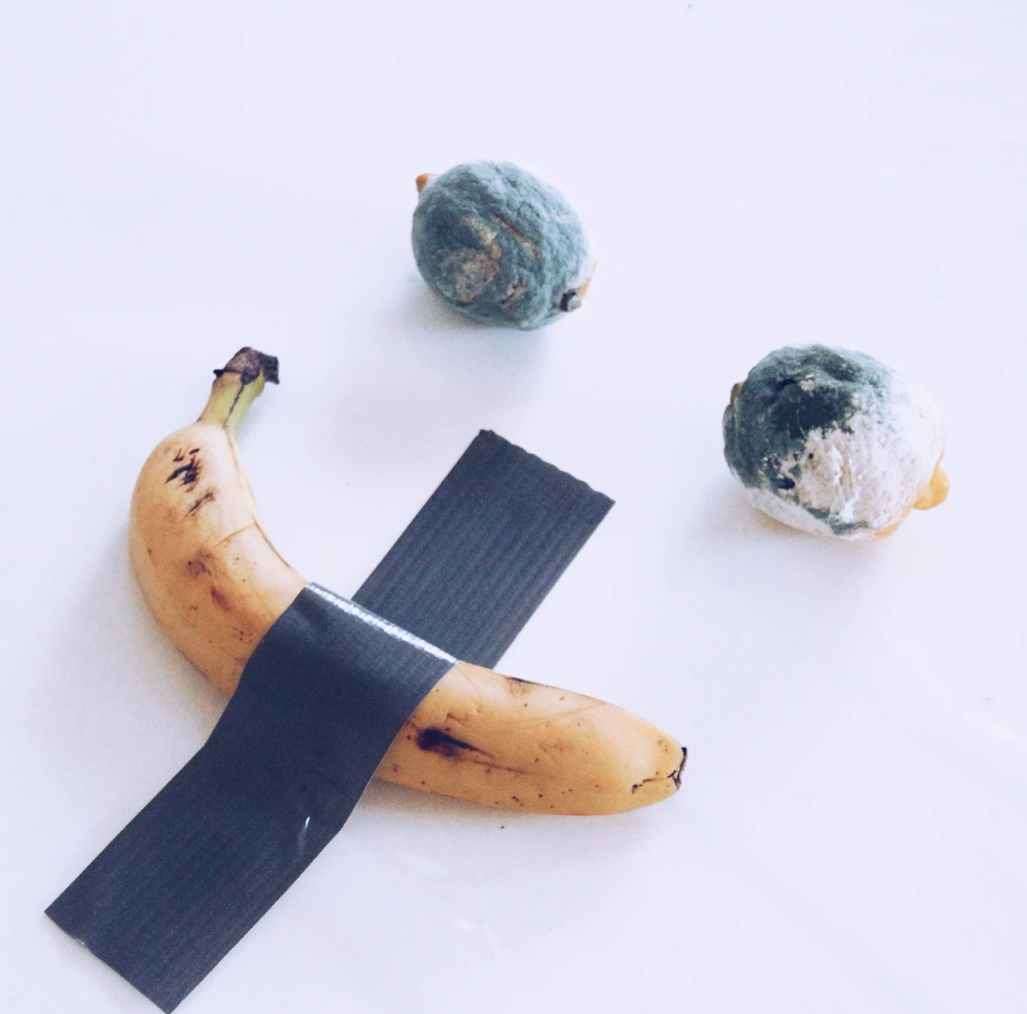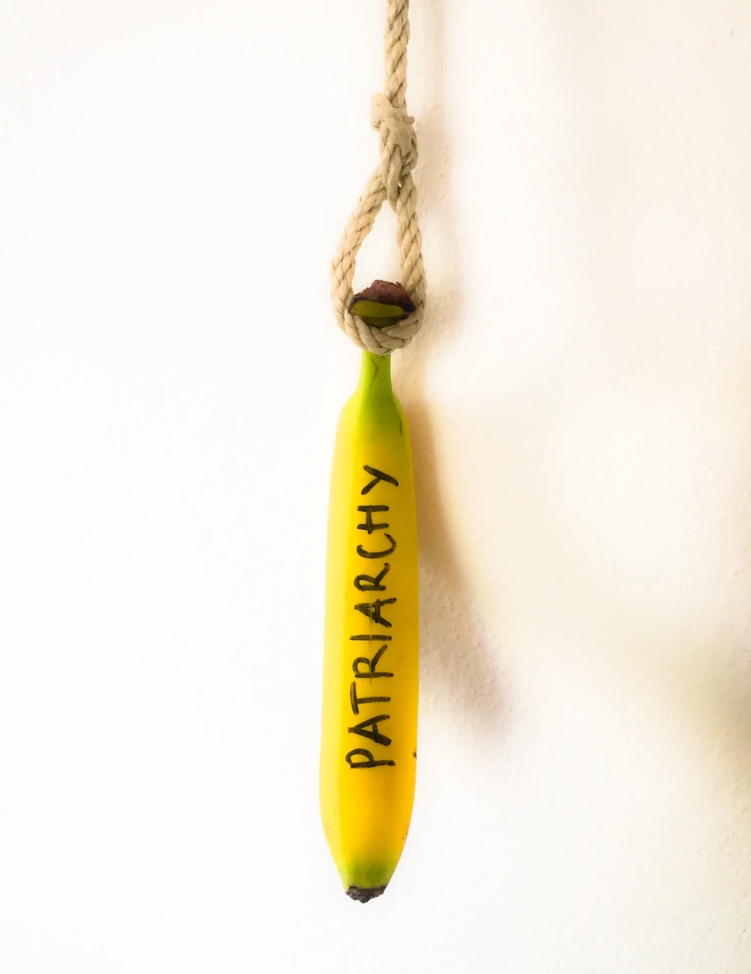Artist in conversation: Stéphanie Barbetta
“Art is essentially the surprise of finding something unexpected”
Stéphanie Barbetta, a versatile artist with a profound passion for words and bodies in space, has dedicated her life to exploring the intricate relationship between language, movement, and the human condition. Her journey began with her studies in philosophy and literature at the University of Geneva's Arts Faculty, where she delved into the sinuous paths of language and developed an affinity for authentic discourse.
For Barbetta, the body in space is a vital concept. She draws inspiration from artists like Sophie Calle, who transcends private space by immersing the public, and Spencer Tunick, who saturates public space with a crowd of individuals, blurring the boundaries between private and public. The art she identifies with gives equal importance to places, objects, lights, and people, regardless of whether it's performative, choreographic, cinematographic, or theatrical.
In the realm of the arts, Stéphanie Barbetta stands as a testament to the power of words, movement, and the human body, continually pushing the boundaries of self-expression.
What initially inspired you to become an artist, and how did you develop your unique style?
Art is for me always a response to a given psychological or physical situation. It becomes a necessity to treat layers of memories.
My first links with visual art were through colours and materials, the depth of texture. I accumulated printed images as well as objects that touched me through their form. My life led me towards philosophy, theatre and performance which I studied at university, and it wasn't until 2020 that I took the time to reflect on this first impulse to move towards objects, to assemble them in installations creating the substance brute project, which expanded in 2021 to take on a documentary aspect through the black and white series "Premother" and then EMPTY HOME (2022- ).
In terms of subject matter, what themes or motifs do you frequently explore in your work, and what draws you to these topics?
The themes I explore relate to mourning and emptiness, or more generally to our relationship with disappearance and memory, and to identity as experienced and perceived, whether through gender or internal changes such as motherhood. For me, a change in intimate experience will require the external creation of an installation, a performance, a text or an image.
For example, I created the Mothearth woods series based on an internal change linked to maternity and the experience of prematurity in hospital. It was this experience that made me take an interest in Mother Earth and the limits of its resources, which I compared to my own limits at the time.
Can you discuss a specific piece or project that challenged you as an artist, and how you overcome those challenges?
The last video I made, entitled "hame of flowering shame", challenged me in particular, because it brought together several layers of vulnerability.
First of all, it's a poem I wrote in English. English is not my mother tongue, so I'll never master it like a native speaker, which is complicated to manage for someone who likes to be meticulous. Saying a poem in English in a performance similar to reading or slamming, which I have also practiced in French, means accepting to make mistakes and to take responsibility for them as a part of the performance.
Furthermore, I'm talking about subjects that are intimate to me and that are political in terms of our relationship with the body, which involves dictated forms of shame.
Can you tell us more about your project "EMPTY HOME" and how it explores the concept of grieving roots when having to leave one's home?
EMPTY HOME is an ongoing series about the final departures of the people who have to leave their home. It began with the end of a lease, which felt like a wrench. My home, my place to live, was in reality a temporary zone, a contract that could be terminated or a place someone has to leave because of health. Discovering the fragility of the relationship with home, its impermanence, made me want to take care of these transitory ruins. In creating this project, my primary aim was to help people through the process of mourning the loss of a house or a flat, by accompanying them to a place empty of furniture and photographing their last visit. It's a way of saying goodbye with a different perspective, a way of looking at this space with different eyes. These encounters give rise to experiences that displace memories, adding new images that allow us to move on.
Your work spans different mediums such as photography, installations, videos, and performances. How do you approach the creative process differently for each medium and what unique elements does each medium bring to your artistic expression?
There are situations that require words, rhythms and spaces, and others that need images to speak, to stand still in their internal dynamics.
The choice of a medium will depend on the eloquence needed.
Sometimes a reality finds no equivalent in words, but an opening in the image. Whatever the case, the link between image and words persists in each creation, whether the words are the title (they often count as much as the image) or they are an integral part of the canvas, as in the project of canvases sewn with poems.
How do you stay connected with other artists and keep up with new developments and trends in the art world?
I know and feel the artistic direction that appeals to me and, more broadly, the artistic 'family' that guides me.
I cultivate what resonates with me, whether I discover it in a museum, at a festival, in a gallery, on Instagram or in the street.
I think that the connection depends on our personal openness and that it shouldn't be forced. The only thing that can be nurtured is the capacity for wonder. Art is essentially the surprise of finding something unexpected. Maybe I'm wrong, but I think that creations speak for themselves and that certain artists resonate strongly with me and vice versa.
How do you incorporate feedback from critics and audiences into your artistic practice, and how do you balance this feedback with your own artistic intuition?
Good question. As an ex but still people pleaser, I always wanted to share what people liked and that's what stopped me from doing my art.
I'd say the key is to connect with your feelings and always ask yourself « does what this person is telling me resonate with my values and my practice? Are their comments helping me to evolve? » When the answer is positive, the comments are meaningful and help you to build. If the answer to these questions is negative, at best you'll harp on about it, at worst you'll question yourself and freeze, but that's not the way to move forward. We move forward for ourselves, because life moves forward, and we need to surround ourselves with people who can help us in our construction.
How do you stay motivated and inspired despite any setbacks or creative blocks you may encounter?
I still have an instinctive and slightly childlike relationship with creation and I sort it out afterwards. I try not to get hung up on the result, but to appreciate the process. What helps me when I'm blocked is street photography, which always offers scenes of life that touch me, or I write about the blockage itself and try to transform it. But of course sometimes life stops us in our tracks and we need time to step back and recover. But during this time, which seems like a pause, in reality everything continues: it grows within us until one day it expresses itself.
How do you feel about exhibiting your artworks with The Holy Art Gallery?
If I had to find a phrase to describe The Holy Art Gallery, I'd say it's a shared, effervescent burst of youth and creativity. This is the third time I've exhibited my work with this gallery and I appreciate its professionalism and dynamism, its breadth and seriousness. It's a place full of life, that’s why I am excited and happy about these exhibitions.
Looking ahead, what are your long-term goals and aspirations as an artist, and how do you plan to achieve them?
To continue my multidisciplinary researches and help the EMPTY HOME project to grow, to travel to other countries to support people who are grieving the loss of their roots and to find my place in it, discreet yet assertive to enable this project to achieve the scale it deserves in the care sector.
I'd never heard of this approach before, so I set it up to calm my nerves at first and I've noticed that it's also helping other people, and that's very valuable. In the future, I'd like to have the audacity to listen to what drives me, whether this path is in continuity or in another direction.


